Search Images
Browse Content (p. 1529)
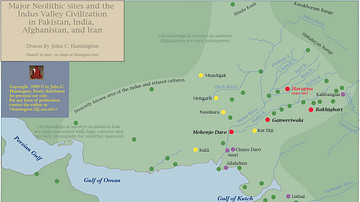
Image
Major Indo Iranian Neolithic Sites & the Indus Civilization
The map shows the extent of the Harappan or Indus Civilization along with the various neolithic sites in the region.
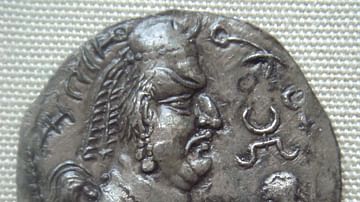
Image
White Hun or Hephthalite Coin
A coin of the White Huns or Hephthalites depicting King Khingila, 5th century CE. (British Museum, London)
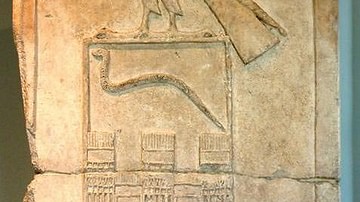
Image
Egyptian Serekh
Currently located in the Louvre Museum, this Funerary stela was found at Abydos. It is an example of an Egyptian Royal Serekh from the 1st Dynasty. This writing format indicated that the name inside the rectangular enclosure was a royal name...
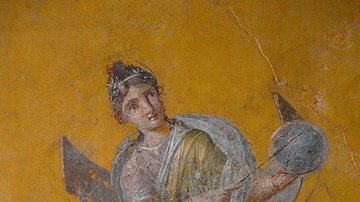
Image
Fresco with Urania
A fresco fragment depicting Urania, the Muse of Astronomy, from the House of Julia Felix in Pompeii, 62-79 CE. (now in Louvre Museum, Paris)
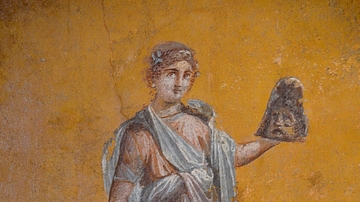
Image
Fresco with Melpomene
A fresco fragment depicting Melpomene, the Muse of Tragedy, from the House of Julia Felix in Pompeii, 62-79 CE. (now in Louvre Museum, Paris)
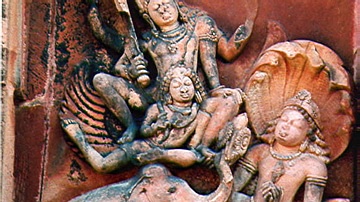
Image
Vishnu & Garuda
A sandstone relief panel from the Dashavatara temple, Deogarh, Madhya Pradesh, India. 6th century CE. Here Vishnu descends on Garuda, his eagle mount, in order to free the elephant Gajendra from a naga king and queen.

Image
Bronze head of Hypnos
Bronze head of Hypnos (god of sleep), 1st - 2nd century CE. Copy of an Hellenistic original, found at Civitella d'Arno (near Perugia, Italy). Now in the British Museum, London. Hypnos was the son of the goddess Nyx (the deity of the Night...
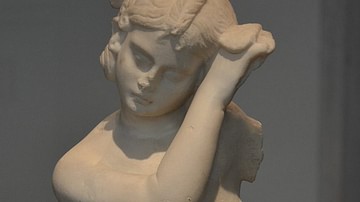
Image
Statue of Hypnos
Statue of Hypnos, god of sleep, 2nd century CE, from Illici (Elche, Spain). (National Archaeological Museum of Spain, Madrid) Hypnos was the son of the goddess Nyx (the deity of the Night) and Erebus (the deity of Darkness). His wife, Pasithea...
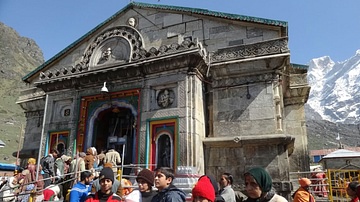
Image
Kedarnath Temple
The Kedarnath temple in the Himalayas of India dates back to the 8th century CE. A famous myth associated with the site involves the Mahabharata war which occurred between the Kauravs and Pandavas. The Pandavas, feeling guilty for killing...
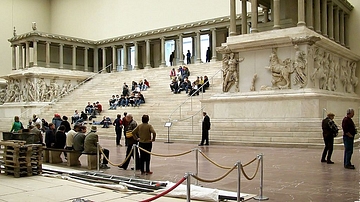
Image
Reconstruction of the Pergamon Altar
Reconstruction of the Pergamon Altar displayed at the Pergamon Museum in Berlin.